MW
total capacity
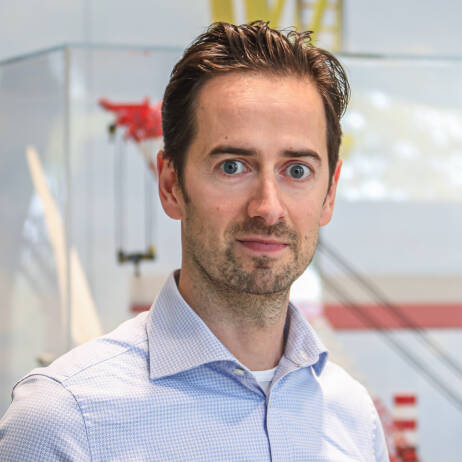
Looking for a partner to realise your Offshore project?
Contact our Commercial Manager Offshore, Steve Van Hulle



More project details?
Check out our website.
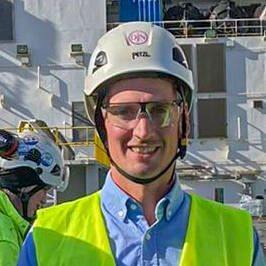
MW
turbines
turbines
On 13 April 2022, we installed the very first wind turbine at the first Offshore Wind Farm twelve km off the coast of the Guérande peninsula.
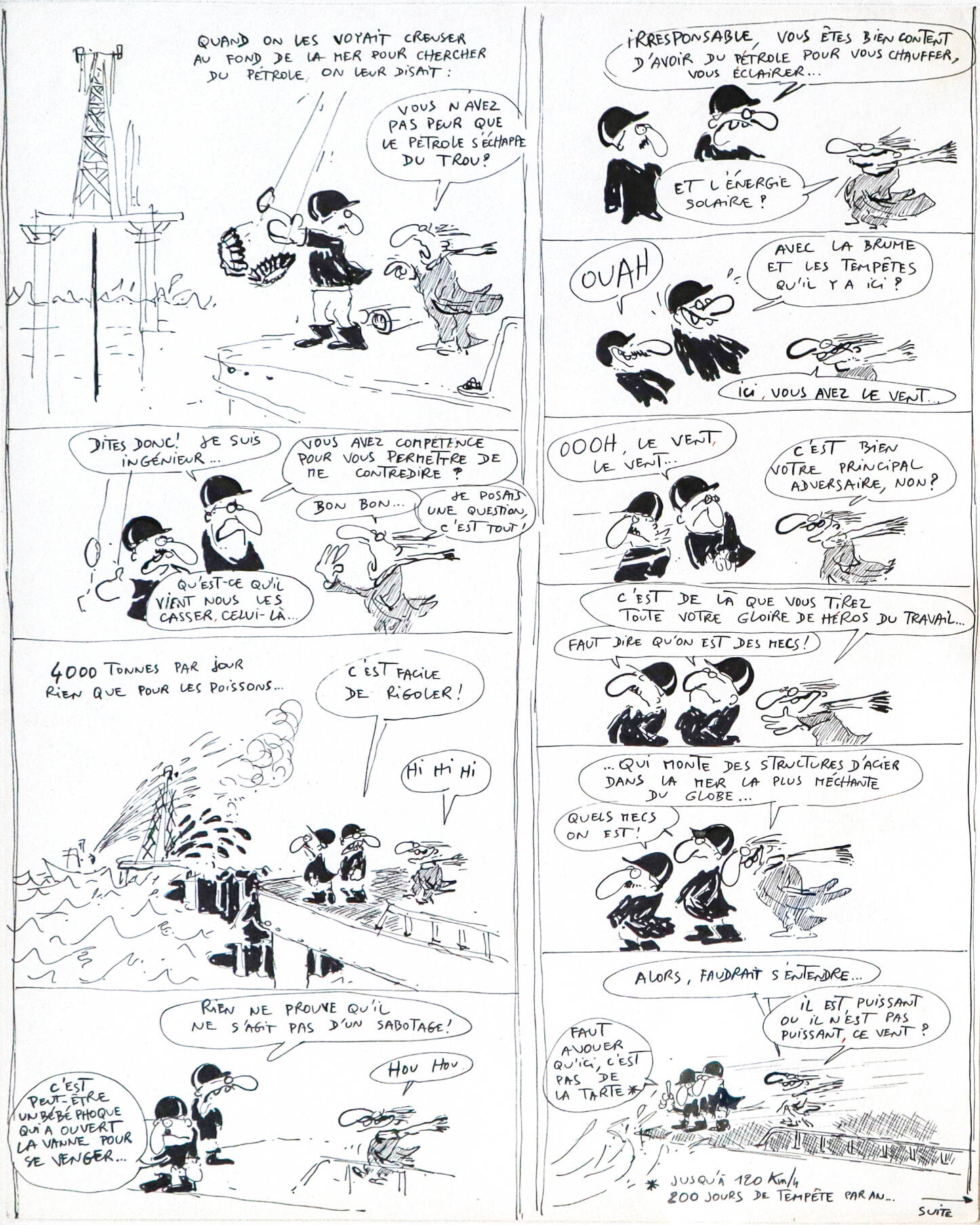
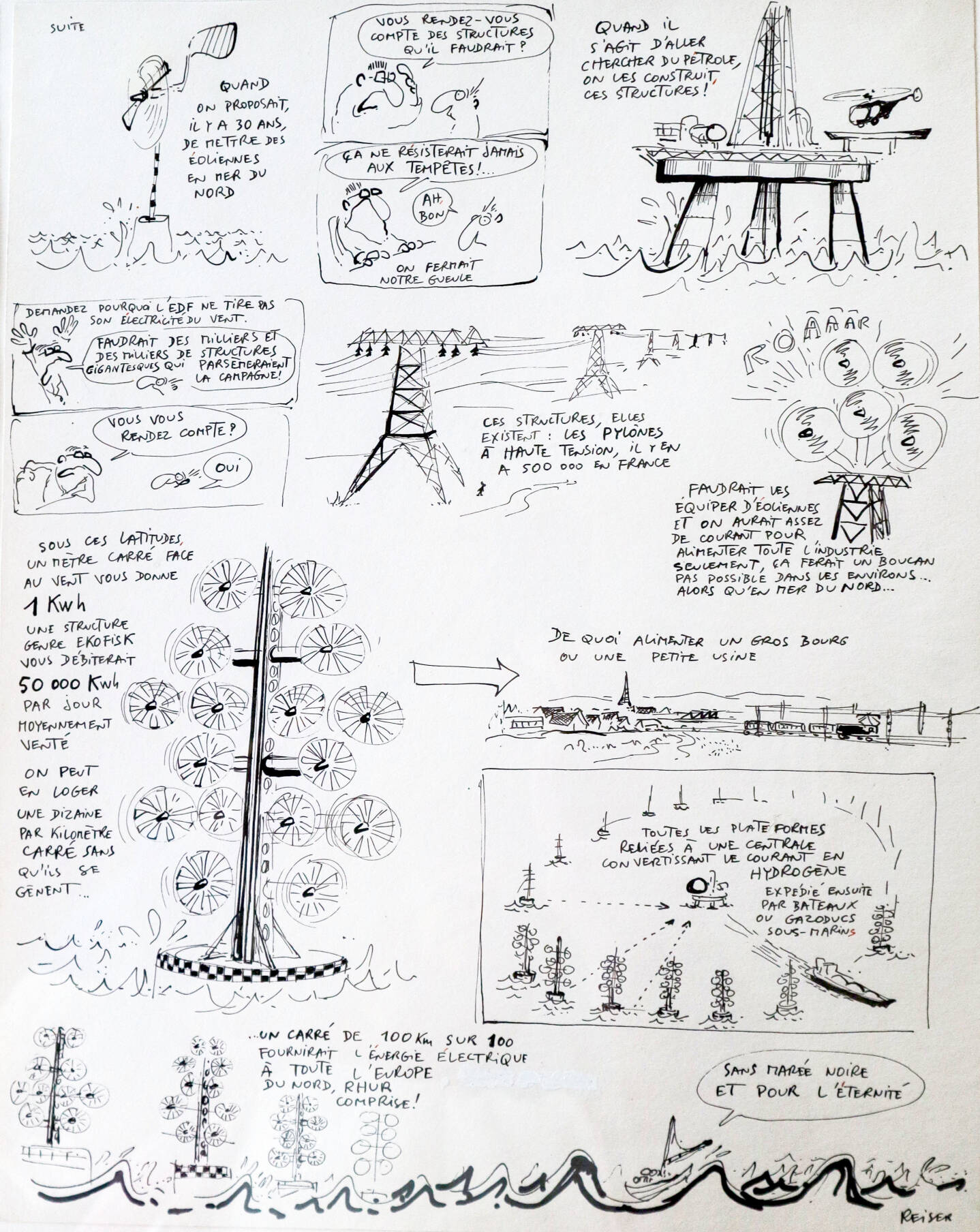
Art, like business, runs through the blood of the De Nul family. Art makes you look further than what you see. It offers an unexpected look at things. This also applies to the work of Jean-Marc Reiser. He was one of the most important French humorists of the 1960s and 1970s, notorious for the controversial cartoons and comics he made for magazines such as Hara-Kiri and Charlie Hebdo.
You can find one of his cartoons on a wall at our office in Aalst. The piece is about wind energy and was published posthumously in 2010 in a collection called 'L'écologie'. In this collection, topics such as (oil) pollution, urbanism, nuclear energy and excessive modernity are addressed in a humorous way. Reiser was far ahead of his time. The comic pages of this album, in which the author explains how solar and wind energy work, also prove it. More than 50 years before the UN Climate Change Conference 2022 and even before the first offshore wind farm ever was built in Vindeby, Denmark, Jean-Marc Reiser was already worried about future generations.
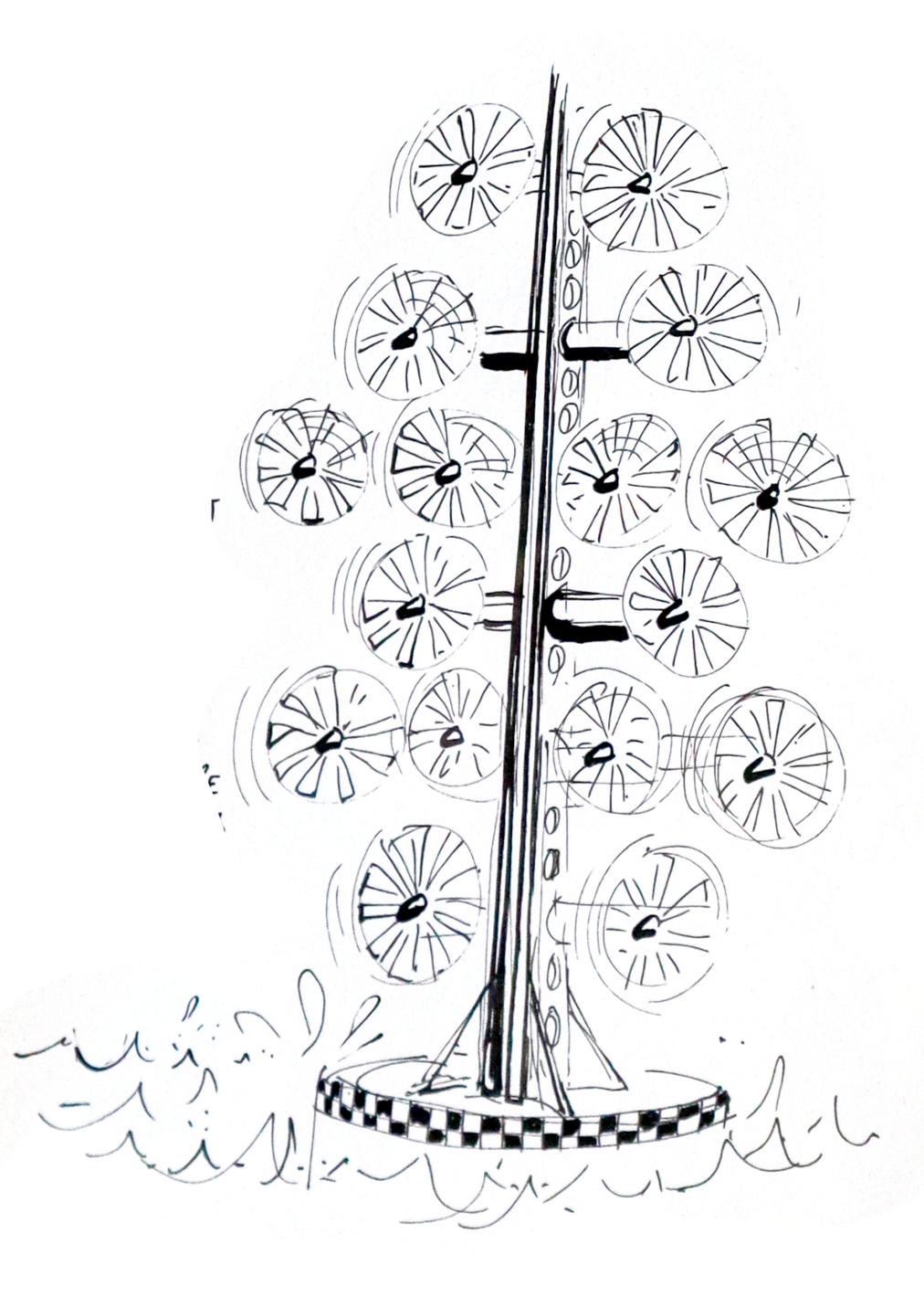
The future in a cartoon, predicted by Reiser
Pieter Vandezande, Project Manager Offshore
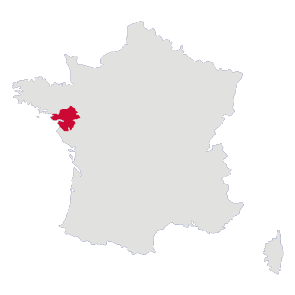

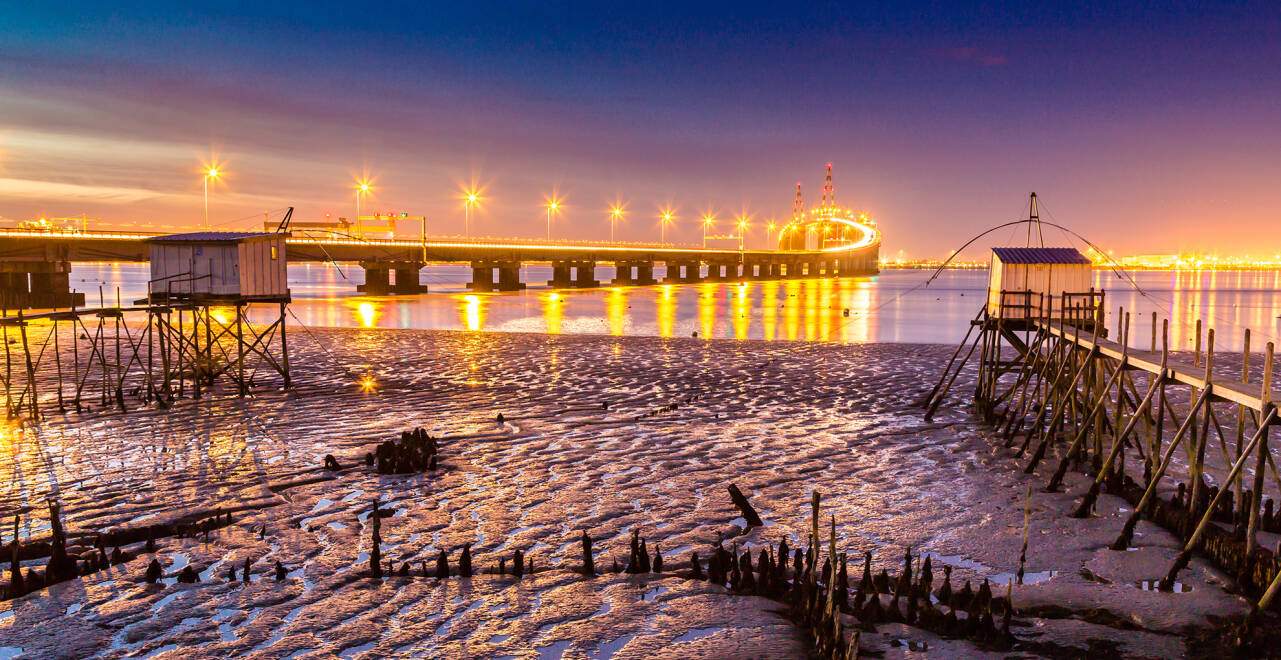
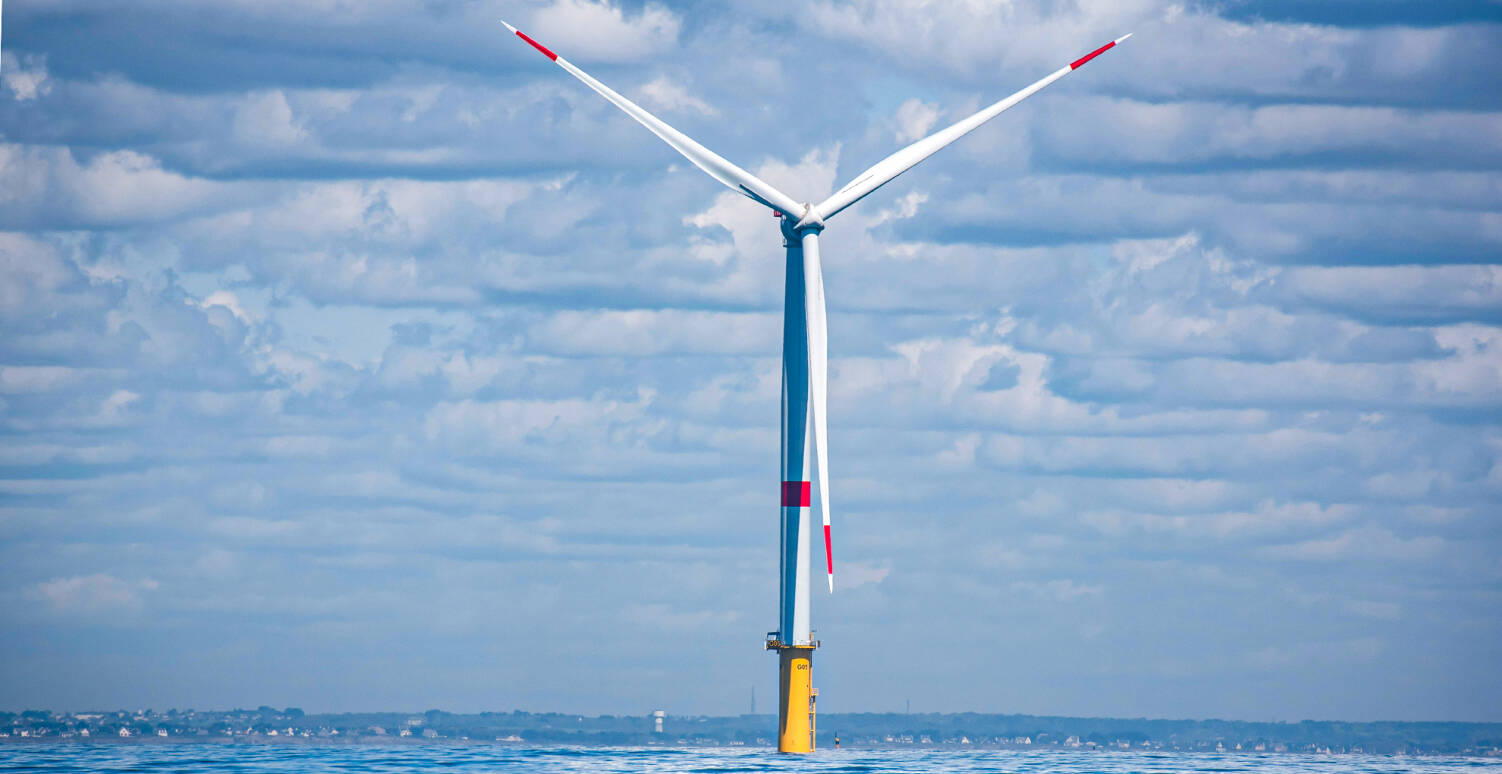
The Saint-Nazaire Offshore Wind Farm will produce 20% of the French Department Loire-Atlantique’s electricity consumption needs and will contribute to achieving the target of 40% renewable energy by 2030 and carbon neutrality by 2050 in France.
The wind farm is located twelve km off the coast of Saint-Nazaire, spread over an area of 78 km2. It consists of 80 units of 6 MW offshore wind turbines of the type Haliade 150. By the end of 2022, it will have a capacity of 480 MW.
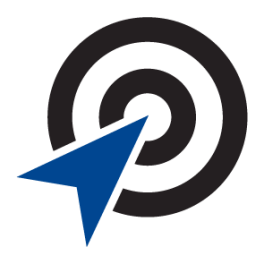
Challenge
We loaded the vessel in a dock at the port of Saint-Nazaire. Such a dock has a bottom of concrete, which means it was not possible to jack-up the vessel. Nor are you always allowed to jack-up in a port either. Therefore, the loading of the turbines onto the vessel had to be performed in floating mode. Our crewmembers on board had to be extremely attentive when ballasting the vessel.



Eden Forger, Operational Superintendent

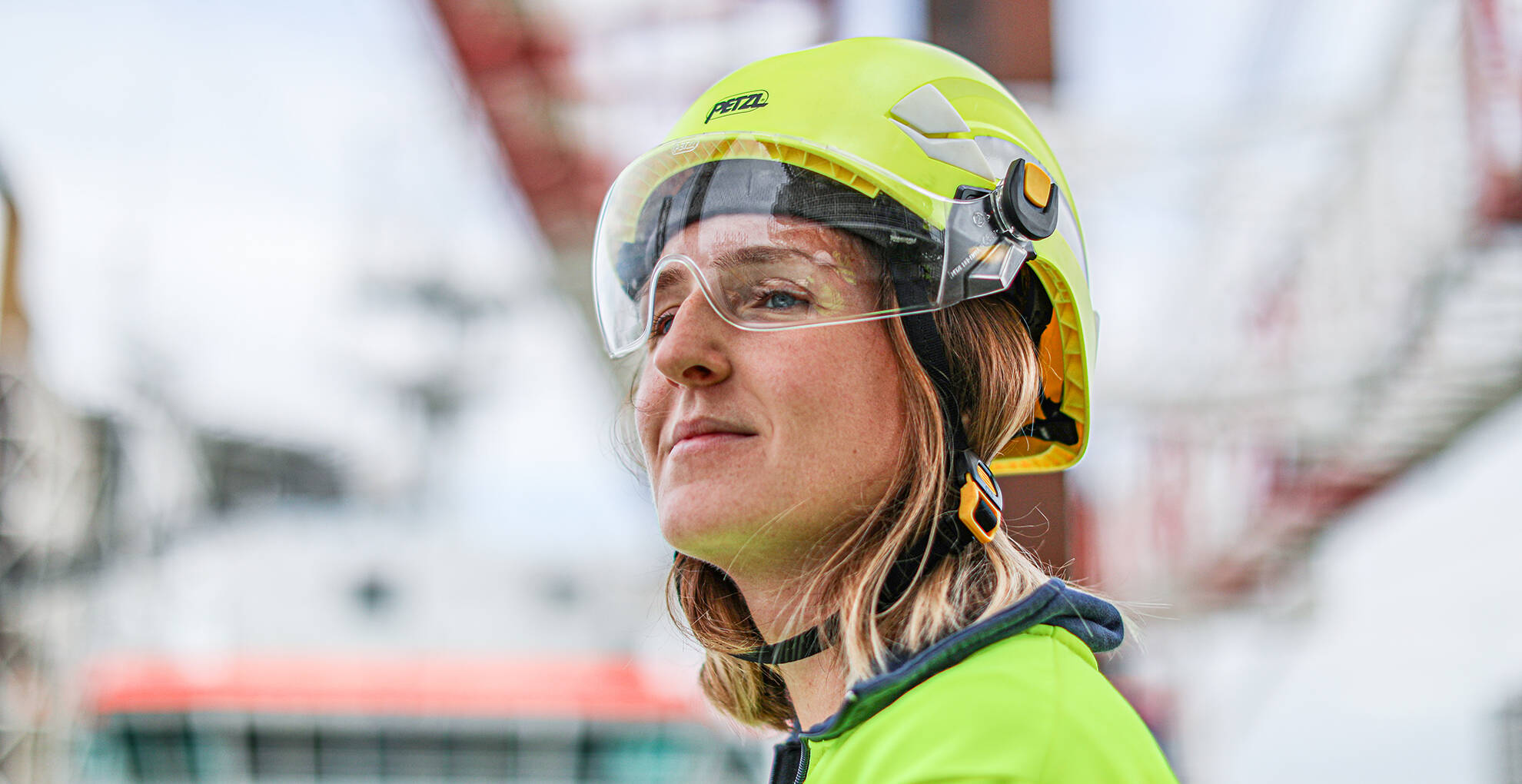
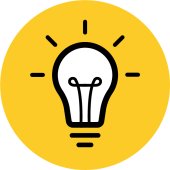
In French this process is called ‘Déroctage’.
The majority of the Saint-Nazaire turbines needed to be installed on an uneven, rocky seabed. Since the self-elevating Jack-up Vessel Vole au vent needs a stable seabed to safely stand on, some additional rock fragmenting operations were required to prepare the seabed for jacking.
We brought our dredging and offshore wind installation expertise together to develop a unique method of construction consisting of preparatory rock fragmenting operations. Our ocean-going Cutter Suction Dredger Fernão de Magalhães performed these preparatory works. The dredger fragmented the seabed using her rotating cutter head to smoothen the seabed that then allowed the Vole au vent to perform jacking activities.
Fernão de Magalhães
Department Loire-Atlantique
Offshore Wind Farm Saint-Nazaire
Our Offshore Jack-up Installation Vessel Vole au vent loaded the 6 MW wind turbines, in sets of four, at the ‘Forme Joubert’ lock in the marshalling harbour of Saint-Nazaire. After that, the vessel transported the components approximately twelve kilometres offshore for installation on top of the foundations located on the Banc de Guérande seabed, in the northern part of the Bay of Biscay. After 20 trips and five months, the Vole au vent installed all 80 turbines successfully and ahead of schedule.

Bay of Biscay
BANC DE GUERANDE
nantes
Saint-Nazaire




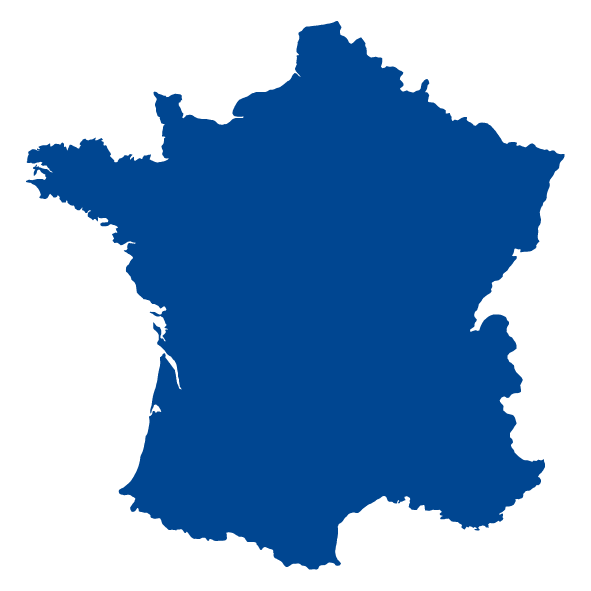

But there is also a huge potential in offshore wind. With 11 million square kilometres of maritime area, France has the second largest maritime area in the world behind the United States. This is an opportunity to realise the much-needed energy transition offshore, and France is seizing it. For years, the country has wanted to start building offshore wind farms but protesting fishermen, environmental groups or local politicians and legal disputes have delayed projects so far.
Macron added: “We must take into account all stakeholders – the landscape issues, the interests of fishermen, and biodiversity issues – to succeed in preserving our fisheries resources, activities, marine ecosystems and the development of renewable energy contributing to the energy transition.”
The French government has set itself the target of building 40 GW of offshore wind power by 2050, divided into 50 offshore wind farms. The Saint-Nazaire Offshore Wind Farm is the very first, soon to be operational. This goal will not only ensure that offshore wind energy will become France's second largest source of electricity after nuclear energy, but it will also create a new industrial sector and jobs in the country.
The French energy transition

Vole au vent
In France, onshore wind turbines have provided renewable energy for more than 20 years. There is almost 19 GW of capacity online, covering about 8% of the national electricity needs. These figures make the country one of the leaders in Europe in terms of onshore wind energy. And there is still an enormous growth potential. In his speech during a trip to Belfort, eastern France, French president Macron discussed the ambition to double France’s onshore capacity from 18.5 GW by 2050. Macron said this would be achieved in consultation with affected communities and that onshore wind farms would be spread across the country.


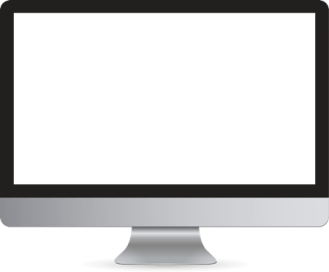

More project details?
Check out our website.
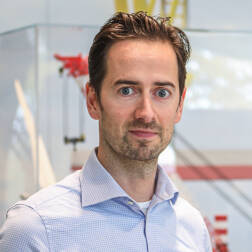
Looking for a partner to realise your Offshore project?
Contact our Commercial Manager Offshore,
Steve Van Hulle

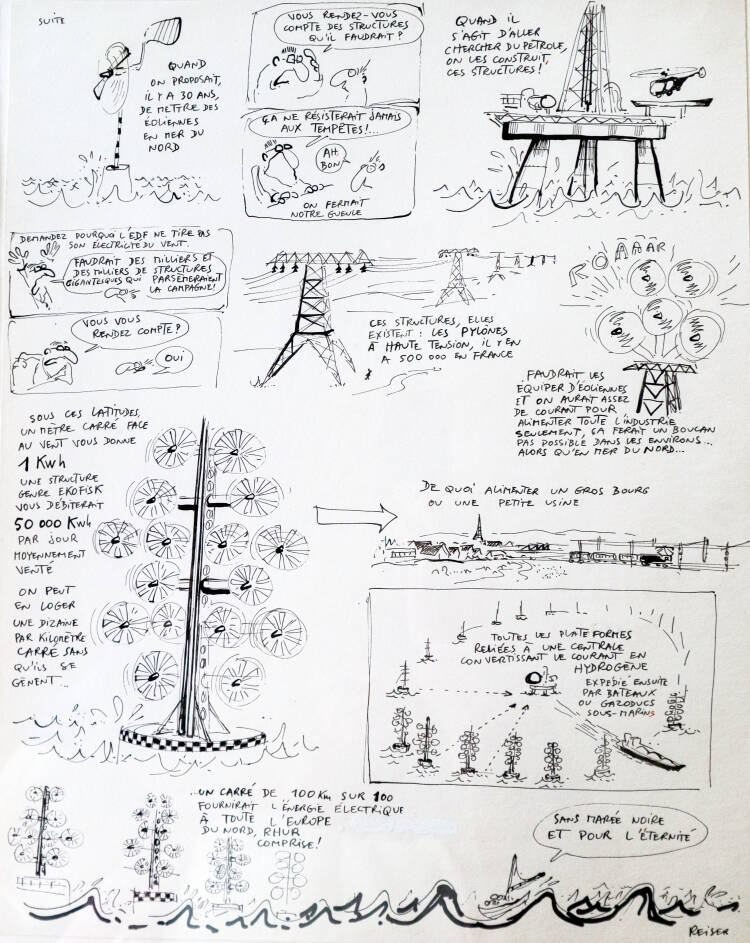
Art, like business, runs through the blood of the De Nul family. Art makes you look further than what you see. It offers an unexpected look at things. This also applies to the work of Jean-Marc Reiser. He was one of the most important French humorists of the 1960s and 1970s, notorious for the controversial cartoons and comics he made for magazines such as Hara-Kiri and Charlie Hebdo.
You can find one of his cartoons on a wall at our office in Aalst. The piece is about wind energy and was published posthumously in 2010 in a collection called 'L'écologie'. In this collection, topics such as (oil) pollution, urbanism, nuclear energy and excessive modernity are addressed in a humorous way. Reiser was far ahead of his time. The comic pages of this album, in which the author explains how solar and wind energy work, also prove it. More than 50 years before the UN Climate Change Conference 2022 and even before the first offshore wind farm ever was built in Vindeby, Denmark, Jean-Marc Reiser was already worried about future generations.
The future in a cartoon, predicted by Reiser
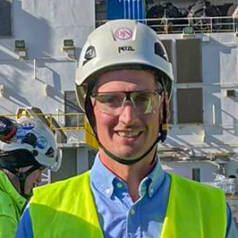
Pieter Vandezande, Project Manager Offshore
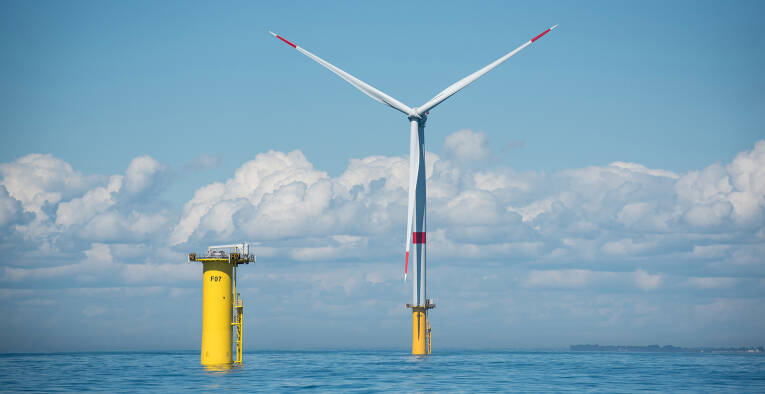
Eden Forger, Operational Superintendent

The Saint-Nazaire Offshore Wind Farm will produce 20% of the French Department Loire-Atlantique’s electricity consumption needs and will contribute to achieving the target of 40% renewable energy by 2030 and carbon neutrality by 2050 in France.

Department
Loire-Atlantique
The wind farm is located twelve km off the coast of Saint-Nazaire, spread over an area of 78 km2. It consists of 80 units of 6 MW offshore wind turbines of the type Haliade 150. By the end of 2022, it will have a capacity of 480 MW.
Offshore Wind Farm Saint-Nazaire
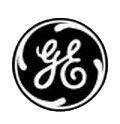

In French this process is called ‘Déroctage’.
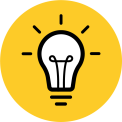
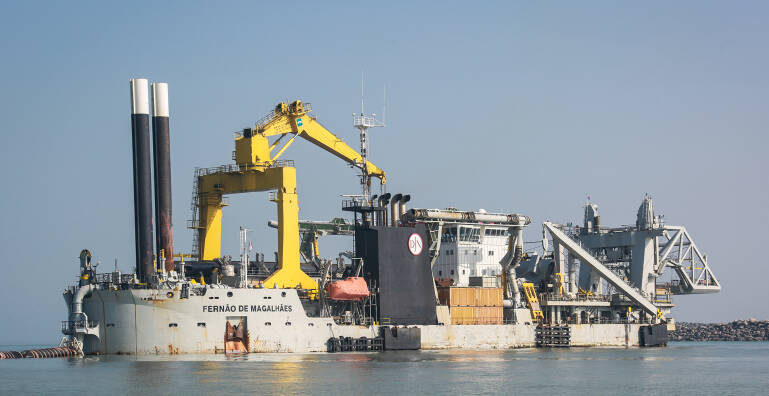
The majority of the Saint-Nazaire turbines needed to be installed on an uneven, rocky seabed. Since the self-elevating Jack-up Vessel Vole au vent needs a stable seabed to safely stand on, some additional rock fragmenting operations were required to prepare the seabed for jacking.
We brought our dredging and offshore wind installation expertise together to develop a unique method of construction consisting of preparatory rock fragmenting operations. Our ocean-going Cutter Suction Dredger Fernão de Magalhães performed these preparatory works. The dredger fragmented the seabed using her rotating cutter head to smoothen the seabed that then allowed the Vole au vent to perform jacking activities.
Fernão de Magalhães
Challenge
We loaded the vessel in a dock at the port of Saint-Nazaire. Such a dock has a bottom of concrete, which means it was not possible to jack-up the vessel. Nor are you always allowed to jack-up in a port either. Therefore, the loading of the turbines onto the vessel had to be performed in floating mode. Our crewmembers on board had to be extremely attentive when ballasting the vessel.

Our Offshore Jack-up Installation Vessel Vole au vent loaded the 6 MW wind turbines, in sets of four, at the ‘Forme Joubert’ lock in the marshalling harbour of Saint-Nazaire. After that, the vessel transported the components approximately twelve kilometres offshore for installation on top of the foundations located on the Banc de Guérande seabed, in the northern part of the Bay of Biscay. After 20 trips and five months, the Vole au vent installed all 80 turbines successfully and ahead of schedule.
Vole au vent
MW
total capacity
MW
turbines
turbines
nantes
BANC DE GUERANDE


Bay of Biscay
Saint-Nazaire
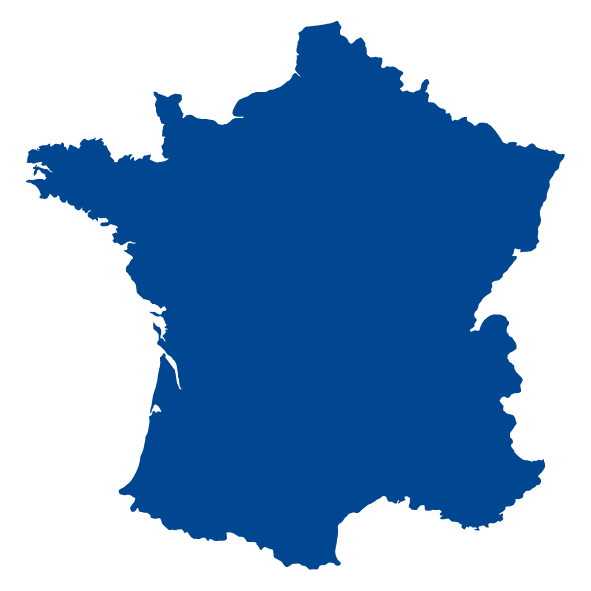

The French government has set itself the target of building 40 GW of offshore wind power by 2050, divided into 50 offshore wind farms. The Saint-Nazaire Offshore Wind Farm is the very first, soon to be operational. This goal will not only ensure that offshore wind energy will become France's second largest source of electricity after nuclear energy, but it will also create a new industrial sector and jobs in the country.
The French energy transition
On 13 April 2022, we installed the very first wind turbine at the first Offshore Wind Farm twelve km off the coast of the Guérande peninsula.


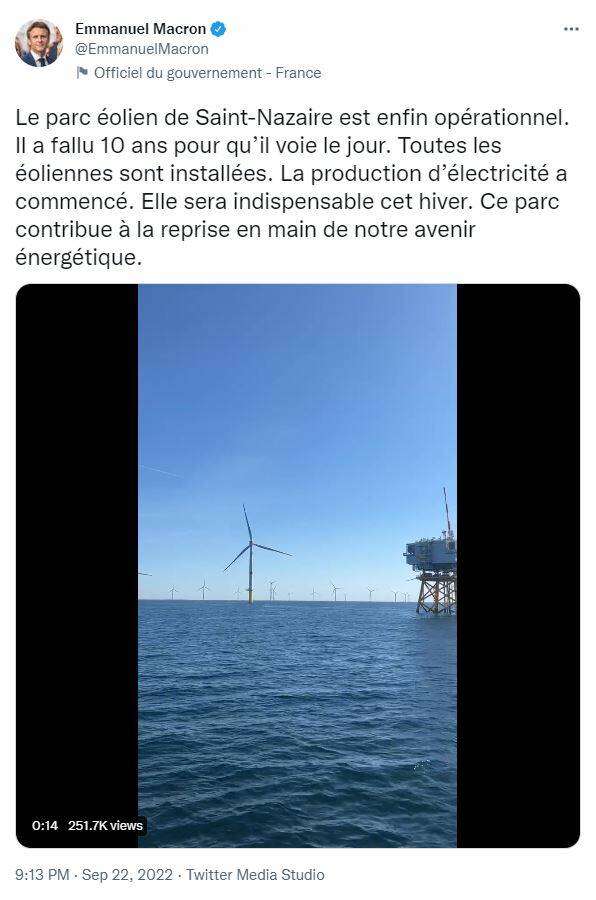
But there is also a huge potential in offshore wind. With 11 million square kilometres of maritime area, France has the second largest maritime area in the world behind the United States. This is an opportunity to realise the much-needed energy transition offshore, and France is seizing it. For years, the country has wanted to start building offshore wind farms but protesting fishermen, environmental groups or local politicians and legal disputes have delayed projects so far.
Macron added: “We must take into account all stakeholders – the landscape issues, the interests of fishermen, and biodiversity issues – to succeed in preserving our fisheries resources, activities, marine ecosystems and the development of renewable energy contributing to the energy transition.”
Passive accoustic monitoring, PAM
Marine mammals make low and high frequency sounds, like moaning or echolocation. With a hydrophone, an underwater device that detects and records ocean sounds from all directions, we detect mammals in the neighbourhood of our projects.

In France, onshore wind turbines have provided renewable energy for more than 20 years. There is almost 19 GW of capacity online, covering about 8% of the national electricity needs. These figures make the country one of the leaders in Europe in terms of onshore wind energy. And there is still an enormous growth potential. In his speech during a trip to Belfort, eastern France, French president Macron discussed the ambition to double France’s onshore capacity from 18.5 GW by 2050. Macron said this would be achieved in consultation with affected communities and that onshore wind farms would be spread across the country.









